Donald Trump is perhaps one of the world’s most gifted salesman. But as he was speaking at the White House with Israeli Prime Minister Benjamin Netanyahu today, even he had trouble selling his 20-point peace plan to end the war in Gaza.
This wasn’t for a lack of trying. “Today is an historic day for peace,” Trump told the assembled press corps. Calling today “a beautiful day, potentially one of the great days ever in civilization,” Trump went on to outline in broad strokes his diplomatic initiative, which aimed to thread the needle between Netanyahu’s vocal objections to a Palestinian state and the Arab world’s demand that any plan put forth provide the Palestinians in Gaza and the West Bank with an opportunity to take control of their own future. Trump earned Netanyahu’s support and received buy-in from the Arab states, but the positions of those two actors will eventually clash. And that even assumes Hamas, which wasn’t given a copy of the White House’s draft agreement and is now only digesting the material, agrees to play along.
There is some good in Trump’s 20-point plan. For instance, it stresses that the Israeli Defense Forces (IDF) will pull out of Gaza in a staged fashion as Palestinian police officers and their international supporters, presumably led by the Arab states, stabilize the enclave. Hamas will demilitarize and hand over its weapons, and those who renounce violence will be allowed to leave Gaza for a third-country. The hostages still in Hamas’s grasp will be released 72 hours after the accord comes into force, and humanitarian supplies will surge into the territory. Gaza, meanwhile, won’t be annexed by Israel; instead, it will be ruled by a consortium of Palestinian technocrats and international figures, where they will preside over a reconstruction and rehabilitation process until a reformed Palestinian Authority is up to the task.
But even if Hamas agrees to such a scheme – and given the plan’s call for what is in effect Hamas’s complete and total surrender, it’s hard to picture the militant group doing so – the implementation problems will be gargantuan. The plan is loose on timelines and execution mechanisms. Although the so-called International Stabilization Force will cooperate with vetted Palestinian police officers to dismantle the tunnels and terrorist infrastructure that still exist in the enclave, the criteria for what is considered adequate demilitarization – and which party determines whether demilitarization has succeeded or failed – is a big red flag. If Netanyahu holds veto power over this decision, then the phased troop withdrawals the Israeli military signed onto will be delayed for as long as possible. We can say this with a reasonable degree of certainty because Netanyahu was very reticent to pull the Israeli military back during the January truce. The reticence has thinned out with age.
Trump doesn’t want Israel to annex Gaza, and he made that position clear in his plan. Commentators will refer to this item as a big deal. In reality it’s the definition of low-hanging fruit. First, rejecting Israeli annexation is simply a reiteration of decades of bipartisan U.S. foreign policy on the Israeli-Palestinian issue. Second, Trump has a personal interest in kicking the annexation can down the road because whatever hopes he may have of expanding the 2020 Abraham Accords will be extinguished the moment Israel goes down that path. He can kiss an Israeli-Saudi normalization agreement goodbye in such a scenario, and you can bet that somebody in the president’s orbit – perhaps his son-in-law Jared Kushner – brought this to Trump’s attention.
Netanyahu, however, isn’t following Trump’s schedule. As important as retaining Trump’s support is, it’s not the be-all, end-all in the Israeli premier’s calculations. The people who hold this honor continue to be the hardliners, nationalists and extremists in the Israeli cabinet, including Itamar Ben-Gvir, Bezalel Smotrich and Israel Katz, who could destroy Netanyahu’s career by imploding his government. The first two men continue to harbor the dream of kicking out all of Gaza’s more than two million Palestinians, formally annexing it into the State of Israel and rebuilding – and expanding – the very Jewish settlements that were torn down back in 2005. Yes, Netanyahu accepted Trump’s plan and everything in it, but he’s a canny political operator and knows how to throw wrenches into a diplomatic process. It’s likely Netanyahu will play a similar game, as he’s done repeatedly when other Gaza peace negotiations were nearing the finish line.
The biggest error in Trump’s scheme, however, was something that wasn’t even written into the plan. In essence, Netanyahu was gifted an escape clause. Trump stressed that Israel would have Washington’s full support for continuing the war if Hamas rejected the agreement.
Many won’t find this comment objectionable. Yet for a guy who is supposedly a master negotiator and understands the power of leverage, Trump effectively killed whatever leverage he held over Netanyahu by giving the Israeli premier an incentive to do anything in his power to push Hamas into saying “no.” Even if Hamas accepts the deal with reservations, Netanyahu can now claim to Trump that the terrorist group is an intransigent party that can’t be reasoned with. The only alternative, the logic goes, is a resumption of the war.
Sharing a stage with Trump in Washington, DC, Netanyahu laid it on thick and claimed that peace was just around the corner. But mark these words: once he lands back in Israel, Netanyahu will tell his coalition allies that the deal he agreed to is merely a general framework whose details are still to be negotiated. Trump will then have a decision to make: tether the United States even closer to Israel’s war in Gaza, try diplomacy again or wash his hands of the conflict.
Trump pitches Gaza peace plan
The President tried his best to sell his 20-point plan
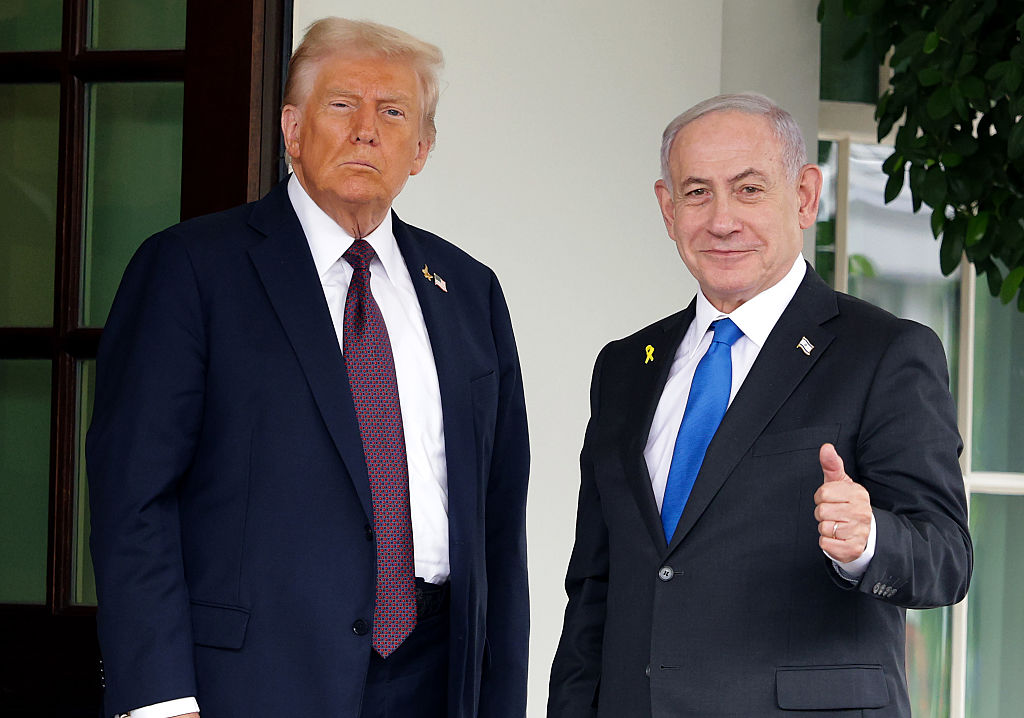
Donald Trump greets Benjamin Netanyahu as he arrives at the White House (Getty)
Donald Trump is perhaps one of the world’s most gifted salesman. But as he was speaking at the White House with Israeli Prime Minister Benjamin Netanyahu today, even he had trouble selling his 20-point peace plan to end the war in Gaza. This wasn’t for a lack of trying. “Today is an historic day for peace,” Trump told the assembled press corps. Calling today “a beautiful day, potentially one of the great days ever in civilization,” Trump went on to outline in broad strokes his diplomatic initiative, which aimed to thread the needle between…










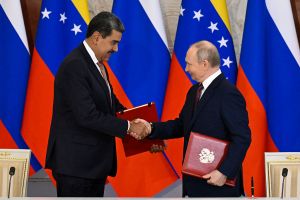

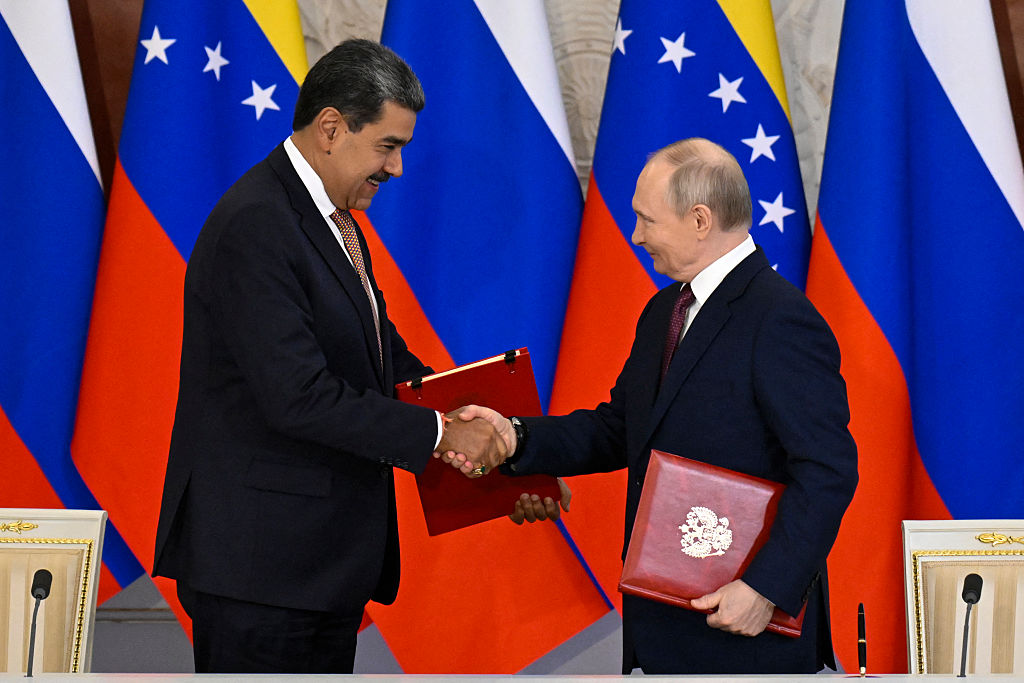
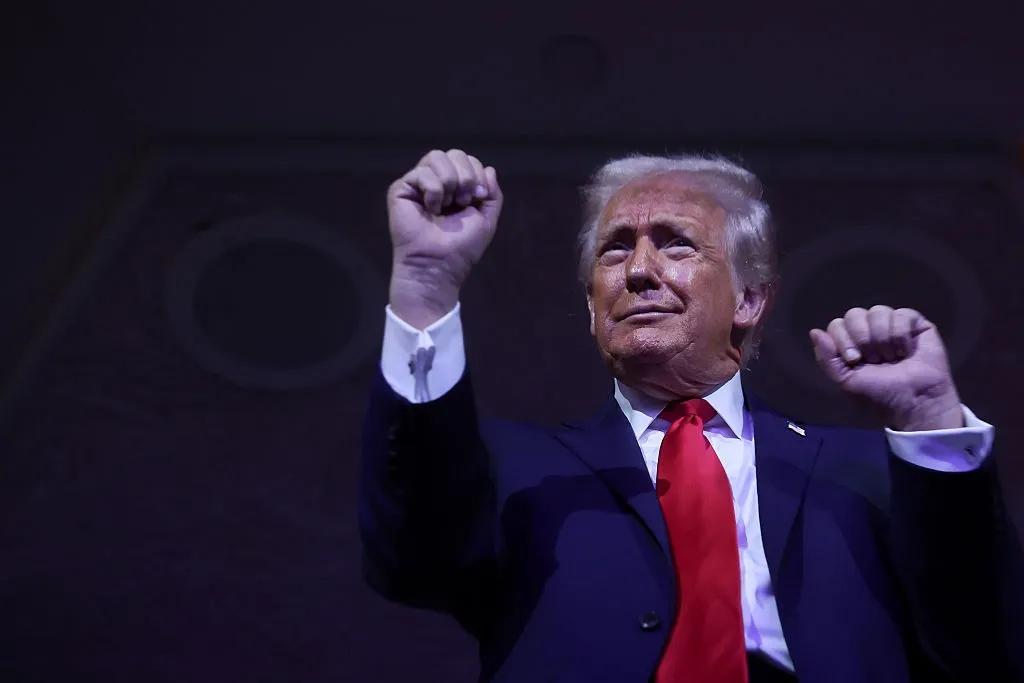


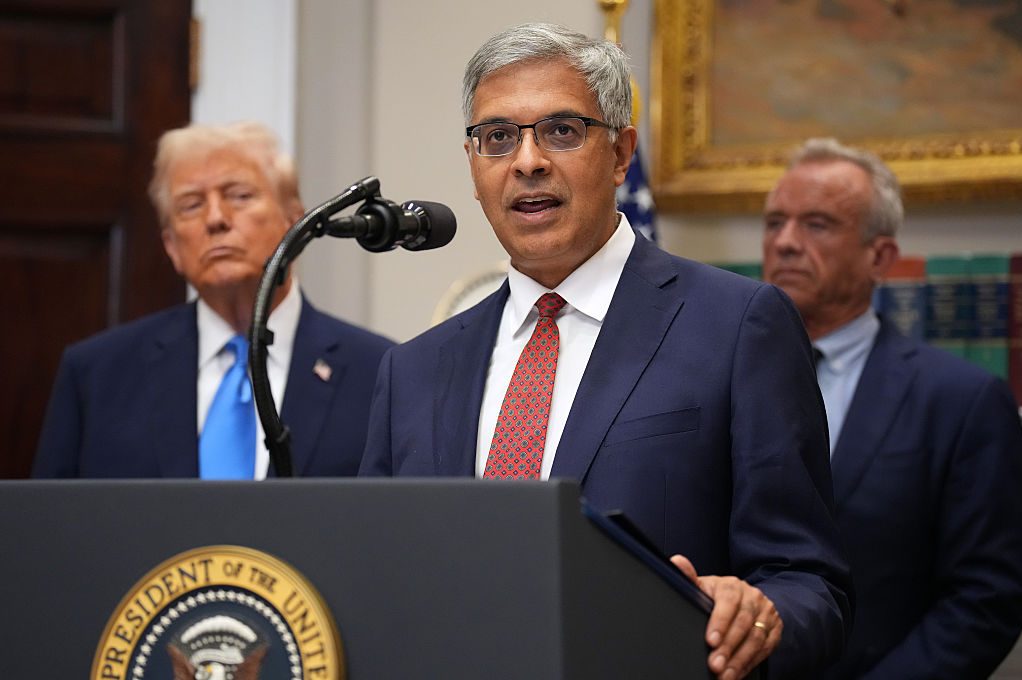
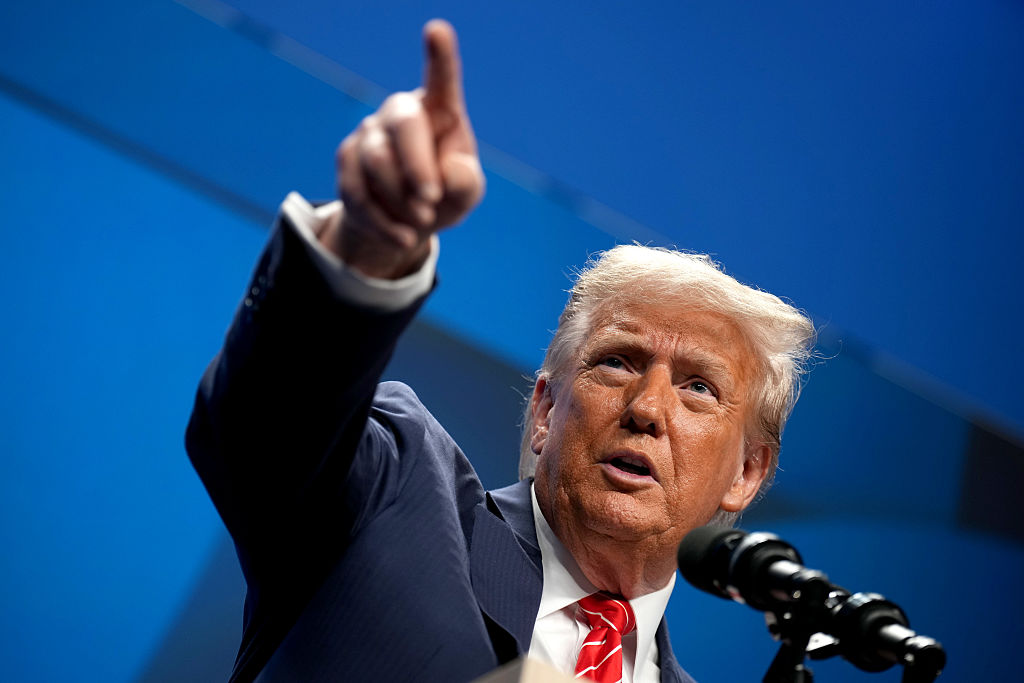







Leave a Reply